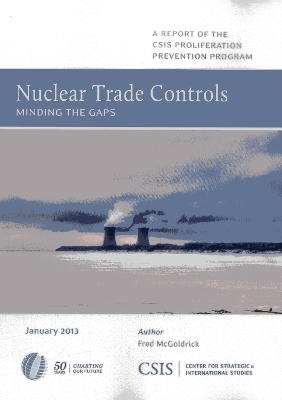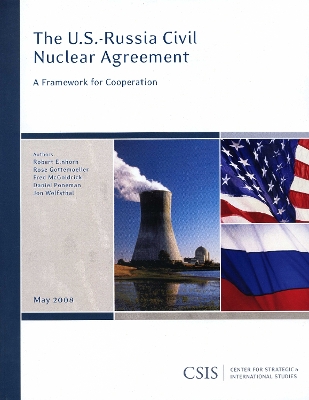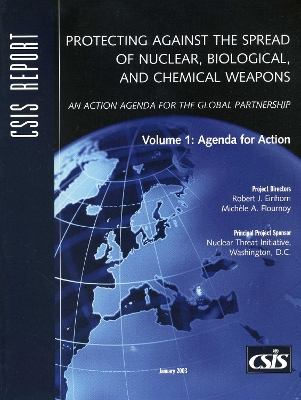CSIS Reports
3 total works
The merits of nuclear trade controls for helping stem proliferation have been strenuously debated for decades. Some have maintained that the policy of secrecy and denial that the United States pursued in the aftermath of Hiroshima and Nagasaki was a failure and that, instead, sharing the peaceful benefits of nuclear energy under nonproliferation controls and conditions has helped build key elements of the global regime to prevent the spread of nuclear weapons. Others argue that international nuclear trade increases the risk of nuclear-weapons proliferation. Both viewpoints have merit, and both need to be taken seriously. This report has four main elements. First, it explains the nature and importance of the nonproliferation conditions that the United States requires for its exports of nuclear materials, equipment, and technology as well as dual-use items and technology that have both nuclear and nonnuclear applications. Second, it compares these with the nuclear export controls of other exporting states as reflected in the guidelines of such multilateral arrangements as the Zangger Committee (ZC), the Nuclear Suppliers Group (NSG), and other international agreements and understandings such as the Treaty on the Non-Proliferation of Nuclear Weapons (NPT) and, where known, the specific export policies of other individual nuclear-supplier states. Third, it assesses the limits, weaknesses, successes, and failures of nuclear export controls of nuclear suppliers to date. Finally, it identifies the challenges for the future and the role that the United States should play in meeting them.
The U.S.-Russia Civil Nuclear Agreement
by Robert J Einhorn, Rose Gottemoeller, and Fred McGoldrick
Published 30 July 2008
Protecting Against the Spread of Nuclear
by Robert J Einhorn and Michele A Flournoy
Published 9 March 2003
Center for Strategic and International Studies 1800 K ST., NW Washington, D.C. 20006 (202)-775-3119 General, Academic Political Science The growing threat of the spread of weapons of mass destruction has galvanized international attention. This is the first study that brings together donors and recipients of threat reduction assistance to make recommendations.


